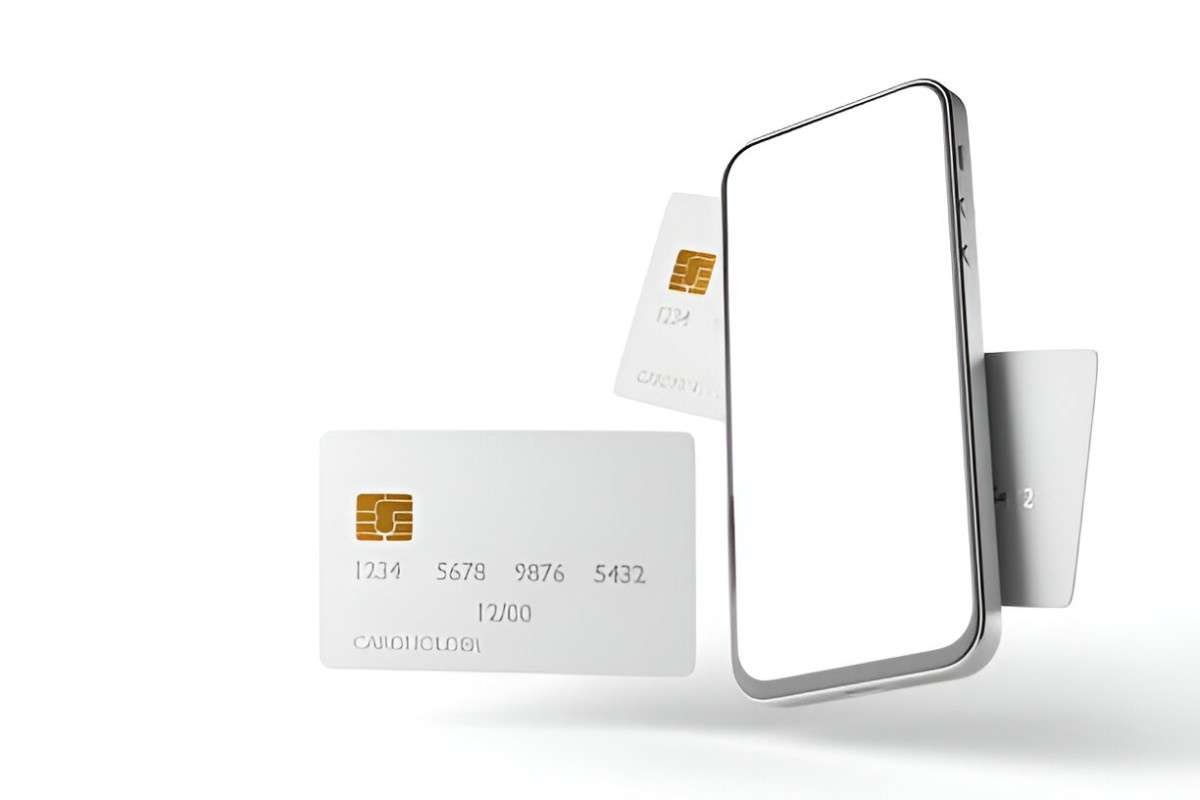Introduction
In today’s digital economy, mobile money virtual cards have become a vital tool for online transactions. These cards provide users with a secure and convenient way to make purchases, pay bills, and manage finances without needing a physical card. I will explore three mobile money virtual cards, comparing their features, fees, security, and usability. My goal is to provide clear insights to help you decide which one suits your needs best.
Table of Contents
What Is a Mobile Money Virtual Card?
A mobile money virtual card is a digital payment tool linked to a mobile money account. It functions like a debit or credit card but exists only in digital form. Users can generate card details such as a 16-digit number, an expiration date, and a CVV code. These cards offer enhanced security since they are not physically present and often support dynamic details that change after each transaction.
Key Benefits of Mobile Money Virtual Cards
- Security: No risk of theft or loss, and many support dynamic CVVs.
- Convenience: Can be created and managed entirely from a mobile app.
- Controlled Spending: Ideal for budgeting, as users can limit the amount loaded onto the card.
- International Transactions: Many virtual cards allow global online purchases.
Comparison of 3 Mobile Money Virtual Cards
The following table compares three popular mobile money virtual cards based on their core attributes:
| Feature | Virtual Card A | Virtual Card B | Virtual Card C |
|---|---|---|---|
| Issuer | Provider X | Provider Y | Provider Z |
| Card Type | Prepaid | Debit | Prepaid |
| Supported Currencies | USD, EUR | USD, GBP | USD, EUR, GBP |
| Transaction Fees | 2% per transaction | Flat $1 per transaction | Free up to $500/month, then 1% |
| Monthly Maintenance Fee | $1.50 | None | $2 |
| Maximum Load Limit | $5,000 | $3,000 | $10,000 |
| International Use | Yes | No | Yes |
| Expiry | 12 months | 24 months | 6 months |
| Dynamic CVV | Yes | No | Yes |
| Card Generation Fee | Free | $3 | Free |
Detailed Analysis of Each Card
Virtual Card A (Provider X)
This card offers a balance between cost and functionality. With support for USD and EUR, it is useful for international transactions. The 2% transaction fee can be a drawback for frequent users, but the absence of a card generation fee offsets this. The dynamic CVV feature adds an extra layer of security, making it a good choice for users who prioritize safety.
Virtual Card B (Provider Y)
This card acts more like a digital debit card linked to a mobile money account. It has no monthly fees and a fixed $1 transaction charge, making it predictable in cost. However, it does not support international transactions, which limits its usability for cross-border purchases. The longer expiry period of 24 months is a plus for users who do not want to frequently regenerate cards.
Virtual Card C (Provider Z)
This card is suitable for high-volume users with its generous $10,000 load limit. It supports multiple currencies and offers a mix of free and paid usage. The first $500 in monthly transactions is free, after which a 1% fee applies. The short expiry period of six months means users will have to renew their cards frequently, but the dynamic CVV feature makes it secure.
Example Scenarios and Cost Calculations
To illustrate the real-world cost differences, let’s consider a scenario where a user makes online purchases totaling $1,000 per month.
| Card Type | Monthly Transactions | Total Fees Paid |
|---|---|---|
| Virtual Card A | $1,000 x 2% = $20 | $20 + $1.50 = $21.50 |
| Virtual Card B | $1,000 ÷ $1 per transaction = $10 | $10 |
| Virtual Card C | First $500 free, next $500 x 1% = $5 | $5 + $2 = $7 |
In this case, Virtual Card C is the most cost-effective option, followed by Virtual Card B. However, if a user transacts significantly more than $500 per month, Virtual Card A might become more attractive.
Security Considerations
When choosing a mobile money virtual card, security should be a top priority. Features such as dynamic CVVs, two-factor authentication (2FA), and fraud detection mechanisms can help safeguard transactions. Here’s a quick comparison of security features:
| Feature | Virtual Card A | Virtual Card B | Virtual Card C |
|---|---|---|---|
| Dynamic CVV | Yes | No | Yes |
| 2FA Support | Yes | Yes | Yes |
| Fraud Alerts | Yes | Yes | Yes |
| Card Locking | Yes | Yes | Yes |
Both Virtual Card A and Virtual Card C stand out in terms of security due to their dynamic CVVs.
Final Thoughts: Which Virtual Card Should You Choose?
Choosing the right mobile money virtual card depends on your specific needs:
- Frequent international shoppers should opt for Virtual Card A due to its global usability and dynamic CVV.
- Users looking for low fees and predictability may prefer Virtual Card B with its fixed transaction costs and no monthly fee.
- High-volume users should consider Virtual Card C, which offers the best cost structure for large transactions and supports multiple currencies.
Each card serves a different purpose, and the best choice will depend on how often you transact, the currencies you use, and your security preferences. I always recommend reviewing the latest terms and conditions from the providers before making a final decision.
By understanding these options, you can make an informed choice that aligns with your financial habits and security concerns.





